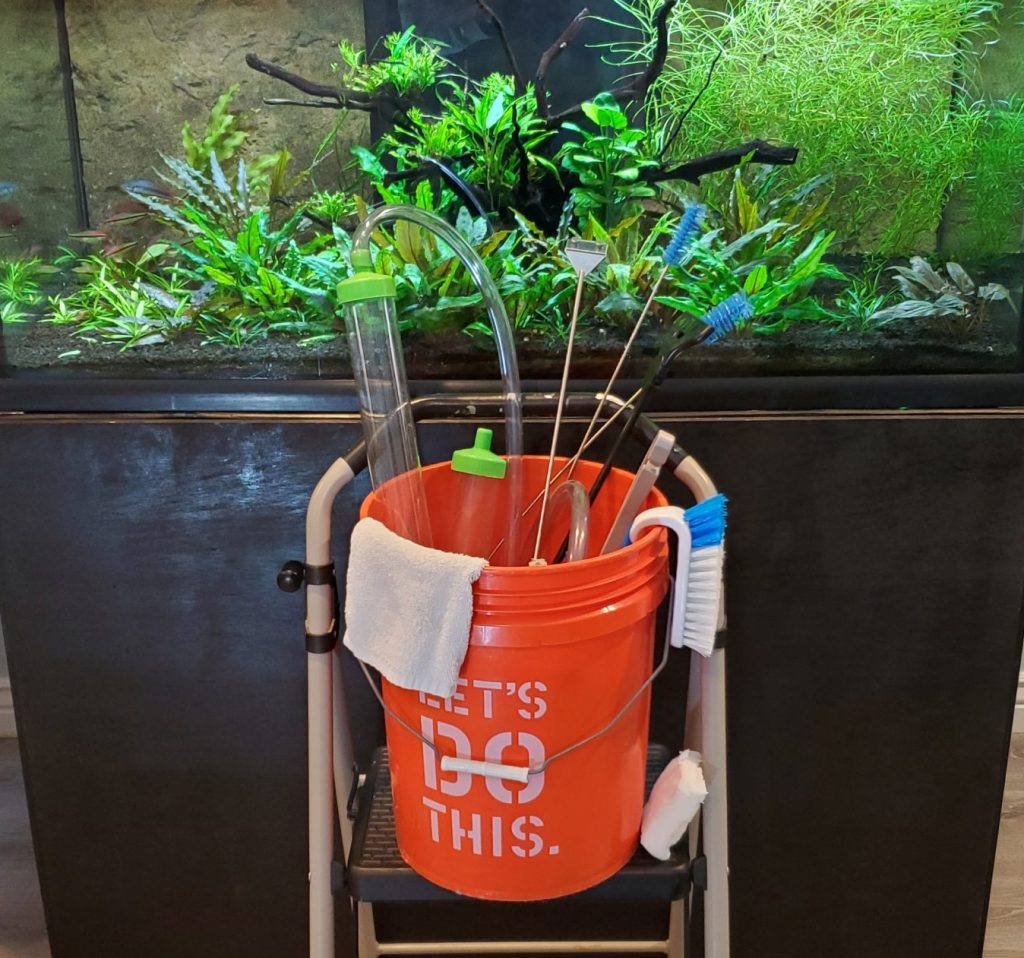
Currently I have 10 aquariums at home plus a handful of outdoor ponds. I've also cleaned and maintained a lot of aquariums for clients. When you're keeping up with a lot of tanks, you have to be efficient with your maintenance routine. Below are three things I do when performing aquarium cleaning that every fishkeeper should pay attention to. I recommend doing each of these tasks on a monthly basis to keep your aquariums looking their best at all times. (Note: These tips assume you are already performing regular water changes: Read my post on why water changes are important)
Perform These 3 Tasks Monthly
Add these three tasks to your monthly aquarium cleaning routine to keep your aquarium pristine. Its not necessary to do all of these aquarium cleaning tasks on the same day. If you normally do two water changes per month, you can split these activities up and do a couple with each water change:
#1: Clean the Lid
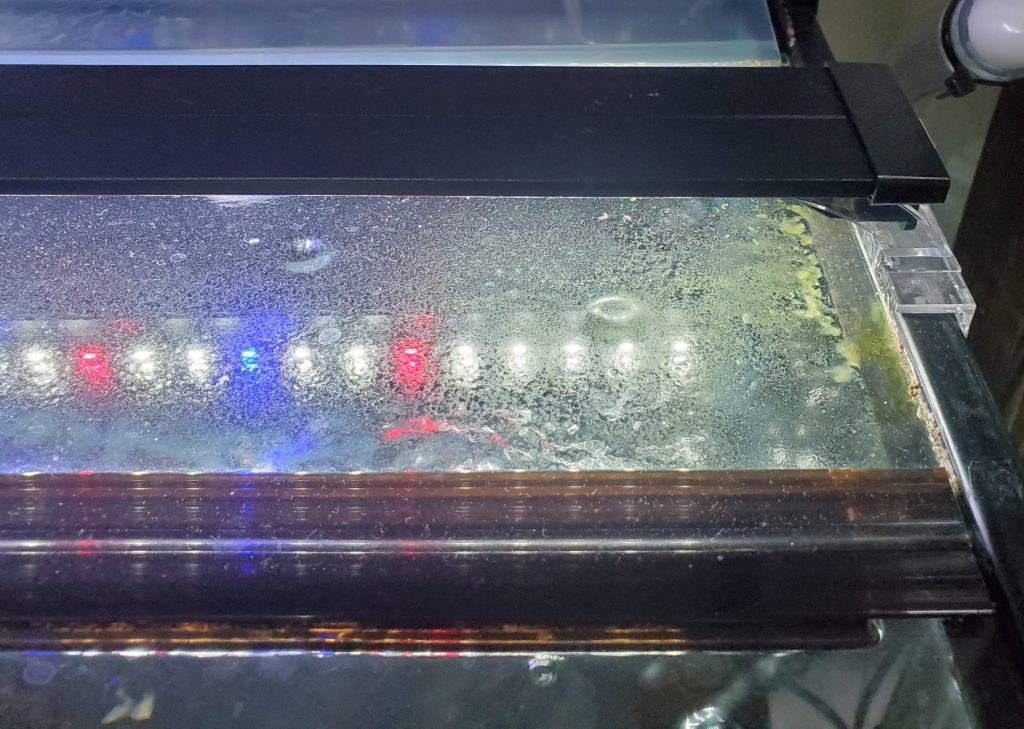
The lids of aquariums can collect some nasty stuff. I've seen a lot of filthy lids. Rotting piles of fish food, dust, and calcium buildup can collect on the top surface. Fish meal is the primary ingredient in most fish foods. Once wet, a few stray flakes can really stink up a room. Mold, algae, and bacteria can grow underneath the lid where its always wet. In addition to looking gross, this buildup can reduce the amount of light getting into your tank. The result can be your fish and/or plants not looking their best.
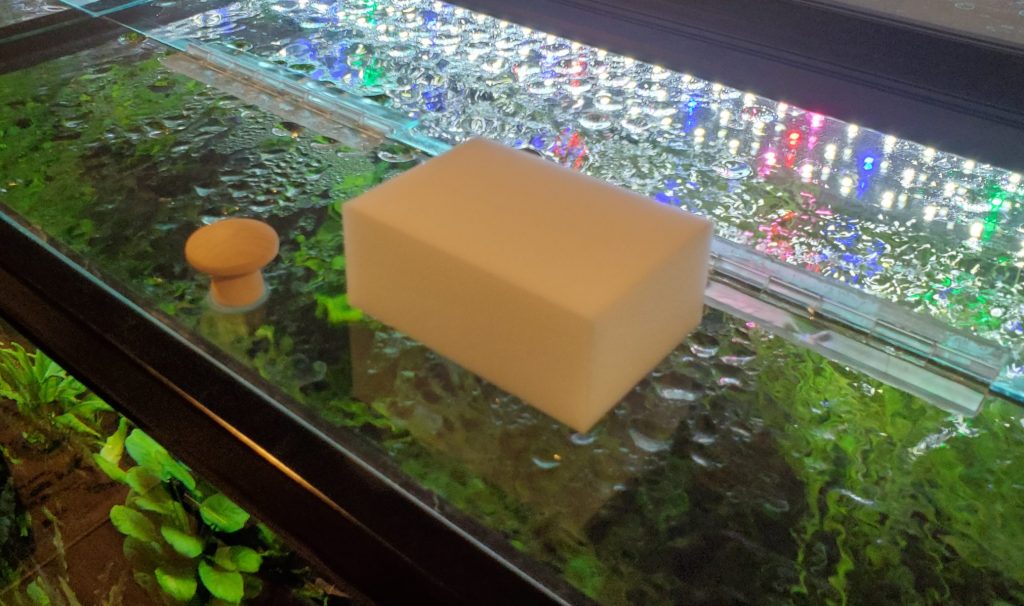
Personally I use a magic eraser to wipe down both sides of my lids every month. If possible I like to take the lid to a sink where I can rinse it off, but a clean wet rag or sponge will work too. If needed, white vinegar will remove a lot of hard water marks and other gunk. Just make sure you rinse any cleaning products off with fresh water before replacing the lid.
#2: Clean the Glass & Rim
This one probably seems obvious but you should clean the (exterior) glass of your aquarium once in a while. A few water marks on the front of an aquarium can make it look dirty, even if you hardly notice them. I apply windex or white vinegar to a rag or paper towel and wipe off the glass. You don't want those chemicals in your aquarium, so don't spray them directly onto the glass.
The rim on the top of your aquarium also needs to be cleaned regularly. This is where water spots will slowly form into big white or yellow sheets of flaky, crusty calcium buildup. I've seen some neglected tanks that had a thick layer of calcium that took a lot of work to remove. This is also another spot fish flakes like to get stuck and start rotting. All of that can be prevented if you wipe the trim clean with a wet rag on a regular basis. If you already have the lid off the tank to perform a water change (and clean the lid), that's a perfect time to go around the perimeter with a rag and remove any gunk.
#3: Clean the Filter
The exact maintenance you perform is going to depend on what filtration you are running. I've summarized below what should happen on a monthly basis with a few of the most popular types of filters.
Sponge Filters:
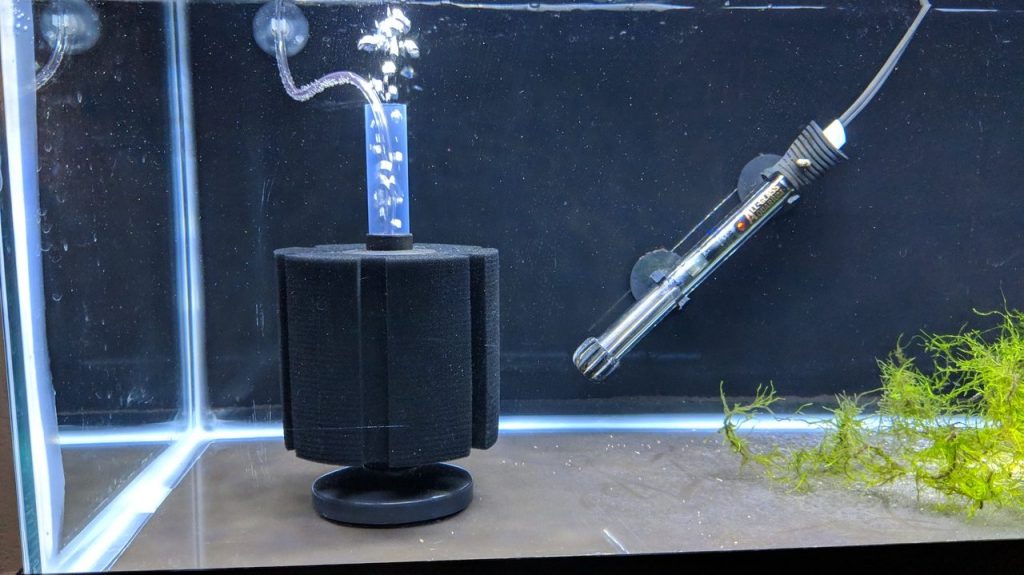
Just squeeze it out. Sponge filters should be squeezed out in a bucket of aquarium water. This is easy to do during a water change. The water should be brown after a few squeezes of the sponge. You can use this dirty water to feed houseplants or your garden. Fish waste is mostly nitrogen, which makes it an excellent fertilizer. You don't need to replace sponge filters unless they start falling apart.
Hang On Back Filters:
Check the flow on your HOB filter, if you have an intake sponge on it, squeeze it out. Clean the filter intake if there is any visible buildup. You don't necessarily have to clean or replace the media inside your HOB filter every month. The filter media should be cleaned or replaced when the flow is being reduced or the filter cartridge is visibly full of gunk. Sponges and ceramic media do not need to be thrown away, they can be rinsed off in aquarium water and re-used for several years. For tips on improving your hang on back filter: read my post on DIY aquarium filter hacks.
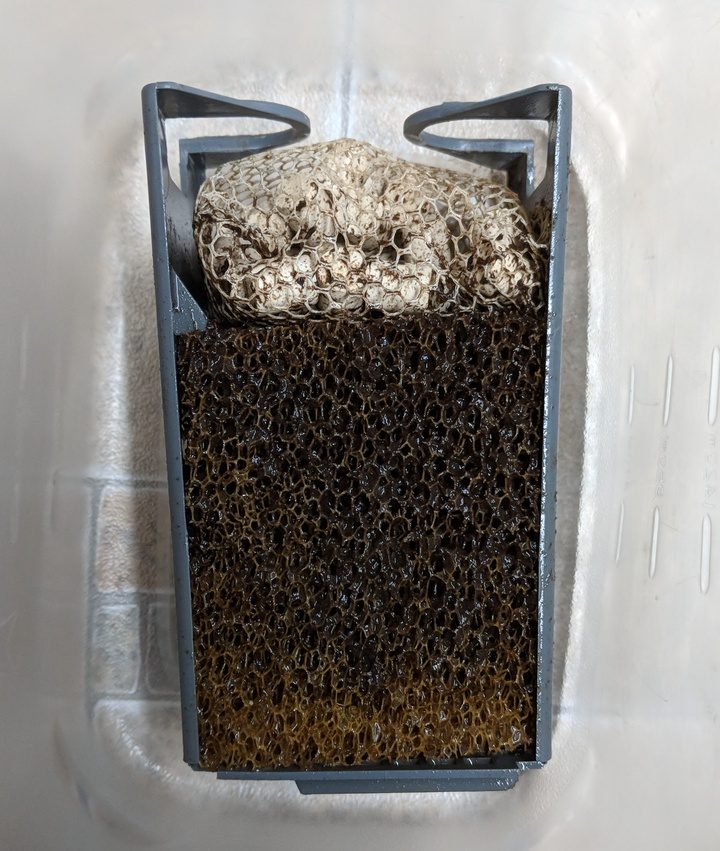
Dirty Media Basket
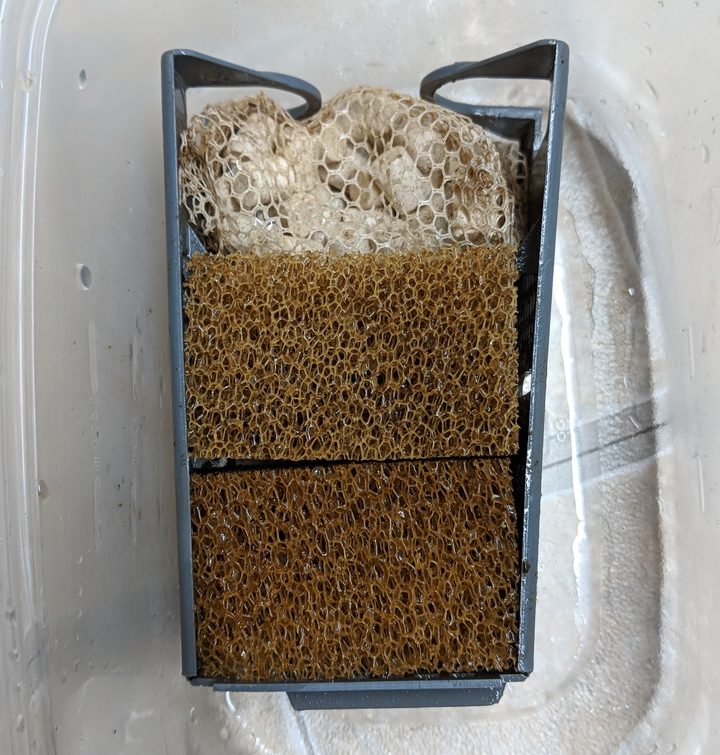
Clean Media Basket
Canister Filters:
Cleaning a canister filter is very similar to a hang on back, just a little more work. I work with a bucket next to me to load the media baskets into when I open up the canister. Replace disposable mechanical media like poly floss if needed, squeeze out sponges, and gently rinse ceramic media. Biological media baskets usually don't need to be cleaned every month. Consider alternating them so each basket gets cleaned once in a 2-3 month cycle. The frequency at which your biological media needs cleaned will depend on the tanks bioload. Some setups will be able to go 6 months without maintenance, and some will need to be cleaned every month. The goal when cleaning biological media is just to remove buildup, so that the surface of the media is exposed to the water flowing through it.
Keeping your lid, glass, and filter clean by adding them to your monthly aquarium cleaning routine will keep your aquarium looking its best at all times.

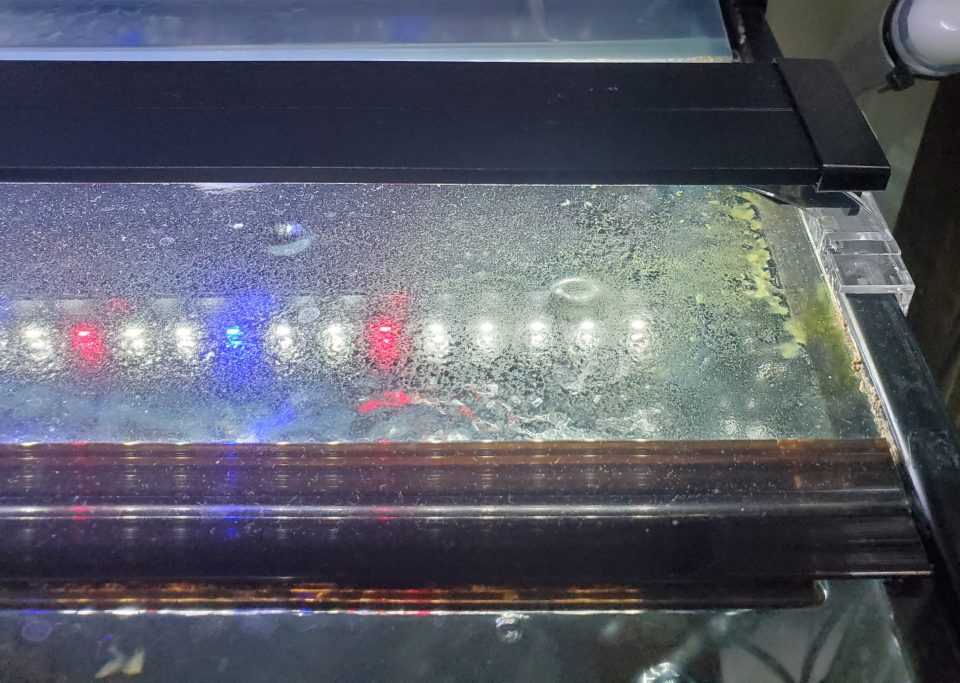
Cleaning the fish tank is an essential factor in the aquarium’s overall maintenance procedure. Doing it the right way will help maintain a healthy environment and ecosystem inside the fish tank. However, cleaning the tank is not as simple as everybody thinks of because you will need to take some precautionary measures not to stress or disturbing the fish and its environment.
Thank you!
Great article Alex. I agree with having a cleaning schedule. Everything doesn’t need cleaned every week or month but it all needs touched on a regular basis.